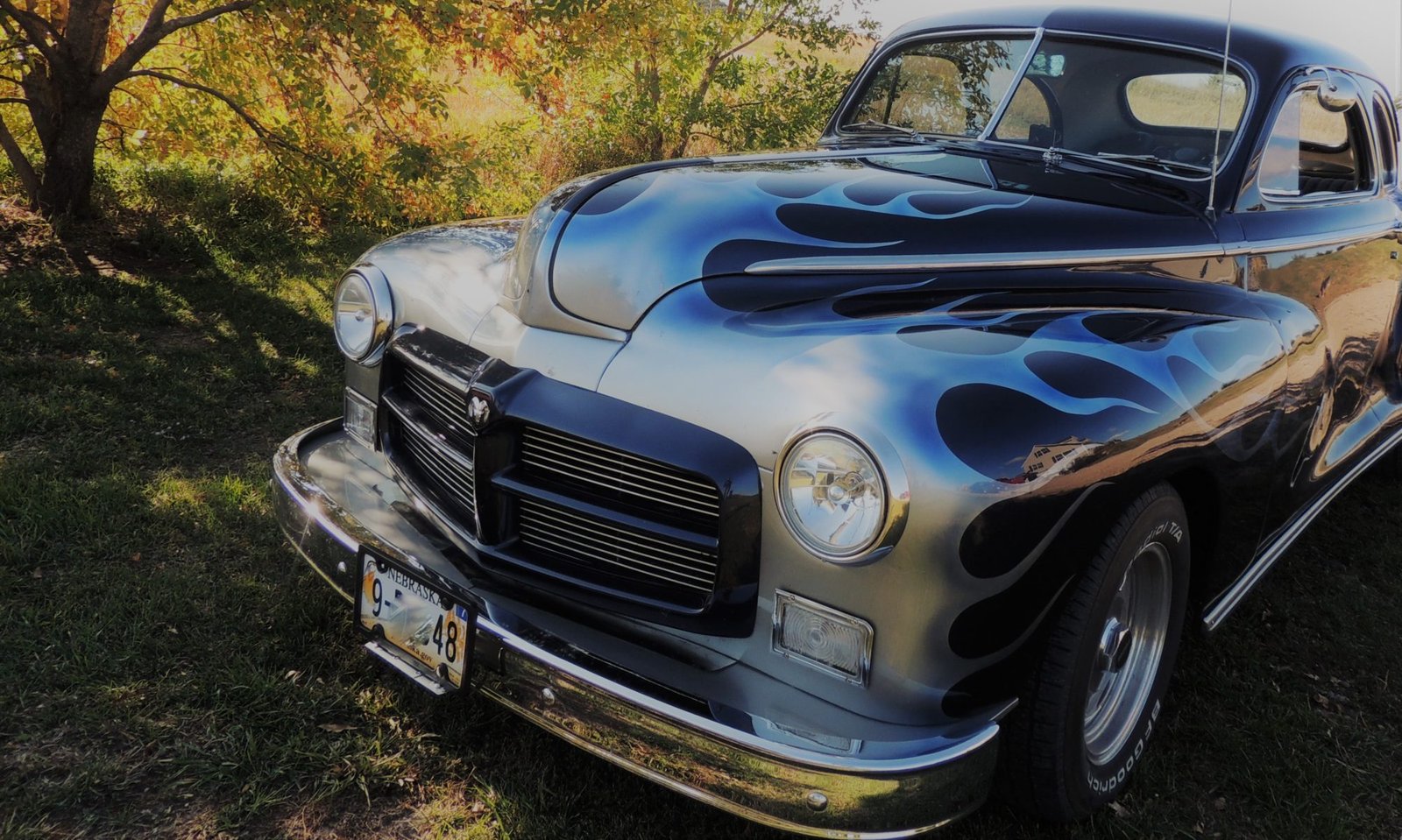Do you have any idea what this is?

The markings on this piece indicate that it is a “Jet Aerial Booster” and that it was made by the Fulton Company in Milwaukee:

As you can see from the following 1950 advertisement, this rocket-shaped accessory fastened to your car antenna and was supposed to improve radio reception. It was available in four colors: red, green, blue and pearl-gray.

This one even has what appears to be the original vinyl streamers. I do wonder if this device actually made the radio stations come in any clearer.

Just for fun, here is the rest of that 1950 advertisement. As someone who grew up where it is blazing hot in the summer, frigid cold in the winter, and with a father who protected his car interiors at all costs, I developed a strong dislike for those awful plastic seat covers.
















